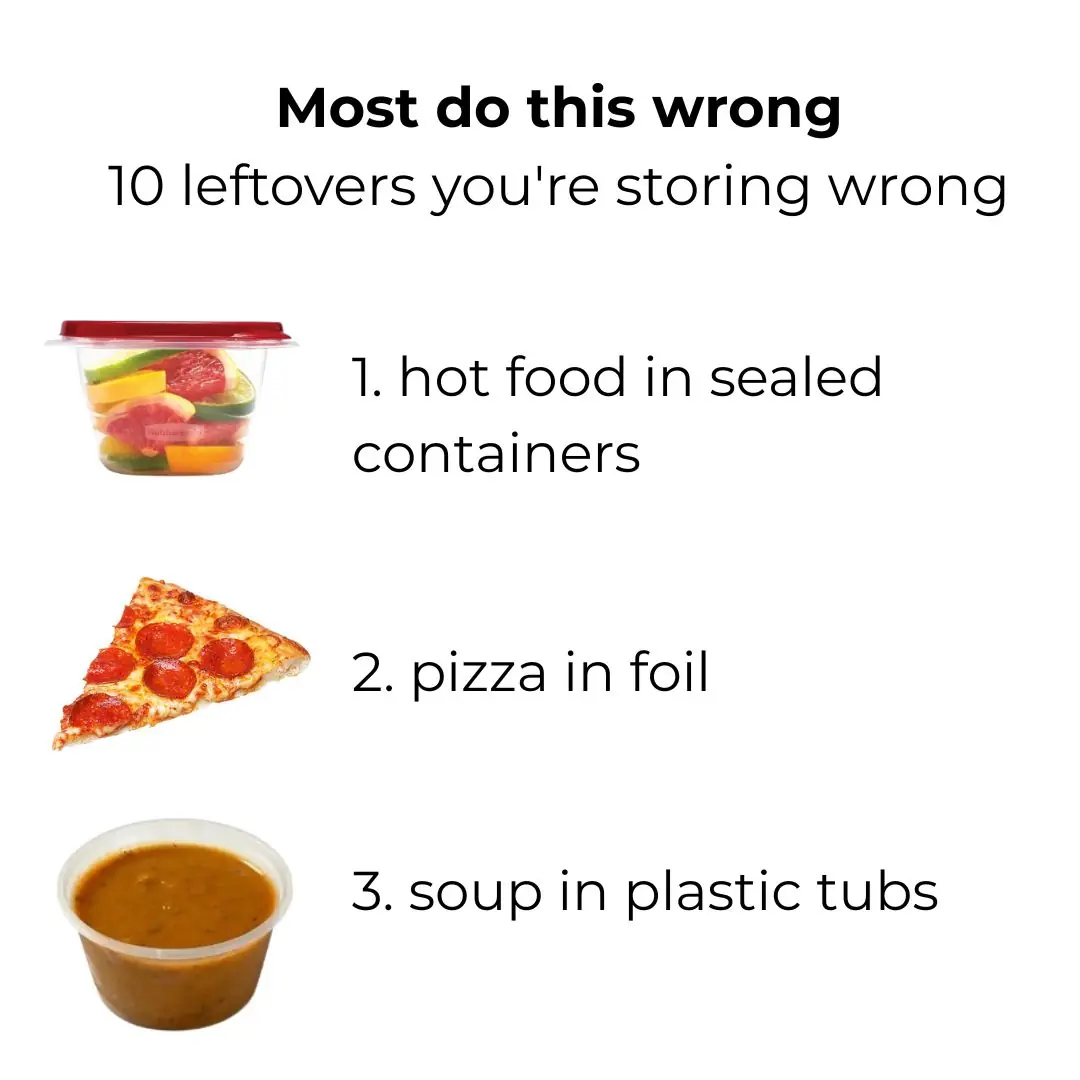
You're doing it all wrong. Here’s the right way to store milk and dairy
🥛 You're Doing It All Wrong: Here's the Right Way to Store Milk and Dairy
Milk and dairy products are staples in most households, but surprisingly, many people store them incorrectly — leading to faster spoilage, wasted money, and even health risks. If you’ve been keeping your milk in the fridge door or wrapping cheese in plastic, it’s time to rethink your habits.
Here’s the right way to store milk, cheese, butter, and yogurt — plus a few extra tips to extend freshness and flavor.
🧊 The Cold Truth About Milk Storage
Mistake #1: Storing milk in the fridge door. The door is the warmest part of the fridge due to frequent opening and closing. Milk is highly sensitive to temperature changes, and even brief exposure to warmer air can accelerate spoilage.
Do this instead:
-
Store milk in the back of the bottom shelf, where it’s coldest and most stable.
-
Keep it in its original container, which is designed to block light and air.
-
Seal tightly after each use to prevent contamination and odor absorption.
-
Don’t leave milk out during meals — return it to the fridge immediately.
-
Freeze milk if you won’t finish it in time. Leave room for expansion and thaw slowly in the fridge.
Bonus tip: If your fridge has a temperature control, keep it at or below 4°C (39°F) to ensure dairy safety.
🧀 Cheese: Let It Breathe, But Not Too Much
Cheese is a living food — especially aged varieties — and needs proper airflow to maintain texture and flavor.
Best practices:
-
Wrap hard cheeses like cheddar or gouda in wax paper or parchment, then loosely in plastic or foil.
-
Store in the vegetable drawer or a dedicated cheese box to maintain humidity.
-
Soft cheeses like brie or goat cheese should be kept in airtight containers to prevent drying out.
-
Avoid freezing cheese unless absolutely necessary — it can alter texture and taste.
Expanded insight: For artisanal cheeses, consider labeling them with the purchase date and rotating them regularly to avoid mold buildup.
🧈 Butter: Fridge or Counter?
Butter is more forgiving than milk or cheese, but it still needs care.
-
Salted butter can be kept at room temperature for a few days in a covered dish.
-
Unsalted butter should always be refrigerated due to its higher spoilage risk.
-
For long-term storage, butter can be frozen for up to 6 months without losing flavor.
Extra tip: To prevent butter from absorbing fridge odors, store it in a sealed container or butter bell.
🥣 Yogurt: Keep It Sealed and Cold
Yogurt is packed with probiotics, but those beneficial bacteria need a stable environment.
-
Store yogurt in its original container, tightly sealed.
-
Keep it in the main body of the fridge, not the door.
-
Avoid stirring or scooping with dirty utensils — this introduces bacteria.
-
Don’t freeze yogurt unless you’re using it in smoothies — freezing can kill probiotics and change texture.
Expanded tip: If you buy yogurt in bulk, consider portioning it into smaller containers to reduce exposure and extend shelf life.
🧠 Final Thoughts: Smart Storage = Safe Dairy
Proper dairy storage isn’t just about keeping things cold — it’s about preserving nutrition, taste, and safety. By following these simple guidelines, you’ll waste less, enjoy more, and protect your health.
Quick Recap:
-
Milk: Back of the fridge, tightly sealed, never in the door.
-
Cheese: Breathable wrap, avoid airtight containers for aged varieties.
-
Butter: Salted can stay out briefly; unsalted belongs in the fridge.
News in the same category


Washing and conditioning hair with beer helps reduce hair loss and stimulates continuous hair growth

Soak your whole body with warm ginger water before going to bed.

Add ice cubes to the bone broth

When boiling sweet potatoes, don't just use water, add 1 spoon of this, every tuber will be soft and sweet

Stir-fried beef is tough: Add these 3 steps, the meat will be softer, sweeter, and tastier than in restaurants

Using Hot Water to Clean a Greasy Pan Sounds Smart — But It’s Actually Doing More Harm Than Good

Why seniors should keep their socks on even at home

Why You Should Sprinkle Salt on Your Gas Stove — The Surprising Cleaning Hack That Works Wonders

10 fridge habits you’re doing wrong

Stop throwing out old hoses. Here are 10 brilliant hacks to use them around the house

You’re doing it all wrong. Here’s the right way to clean air vents

My nana taught me this hack to get rid of lawn burn from dog pee in 5 mins with 0 work. Here’s how it works

You are doing it all wrong. Here's the right way to clean mirrors

Most do this wrong. 10 leftovers you’re storing wrong

Delicious and crispy onion salt, you can keep it all year round without worrying about scum, just make it this way, whoever eats it will remember it forever

You are doing it all wrong. Here's the right way to store cleaning supplies

My nana taught me this hack to whiten yellow pillows in 5 mins with 0 work. Here’s how it works

If you see this plant, you are sitting on gold and don't even know it.
News Post

Popular Blood Pressure Drug Linked To Increased Risk of Skin And Lip Cancer

When making spring roll filling, remember 1 step carefully

Washing and conditioning hair with beer helps reduce hair loss and stimulates continuous hair growth

Soak your whole body with warm ginger water before going to bed.

Discover the Meaning of a Black Cat Approaching You

Add ice cubes to the bone broth

11 Benefits of Dandelion Roots

#1 Absolute Best Toenail Fungus Cure You Can Make at Home with Just 3 Ingredients

Banana Peel & Cornstarch: A Natural Skin Hack That Could Help You Look Younger

Homemade Remedies for Varicose Veins with Onion, Garlic, and Apple Cider Vinegar

Crema Casera con Vaselina que Rejuvenece la Piel al Instante

Top 5 Natural Remedies to Shrink Enlarged Pores and Achieve Smooth Skin

DIY Onion Sunflower Seed Oil: Get New Hair In Bald Patches

Homemade Carrot Oil for Glowing Skin: A Natural Solution for Dark Spots, Wrinkles & Anti-Aging

Glow Ice: Rice Water Cubes to Shrink Pores and Get Clear, Radiant Skin

The Body’s Intuition: Signs of an Impending End

When boiling sweet potatoes, don't just use water, add 1 spoon of this, every tuber will be soft and sweet

Stir-fried beef is tough: Add these 3 steps, the meat will be softer, sweeter, and tastier than in restaurants

The Shoes You Pick Reveal What Kind of Woman You Are
